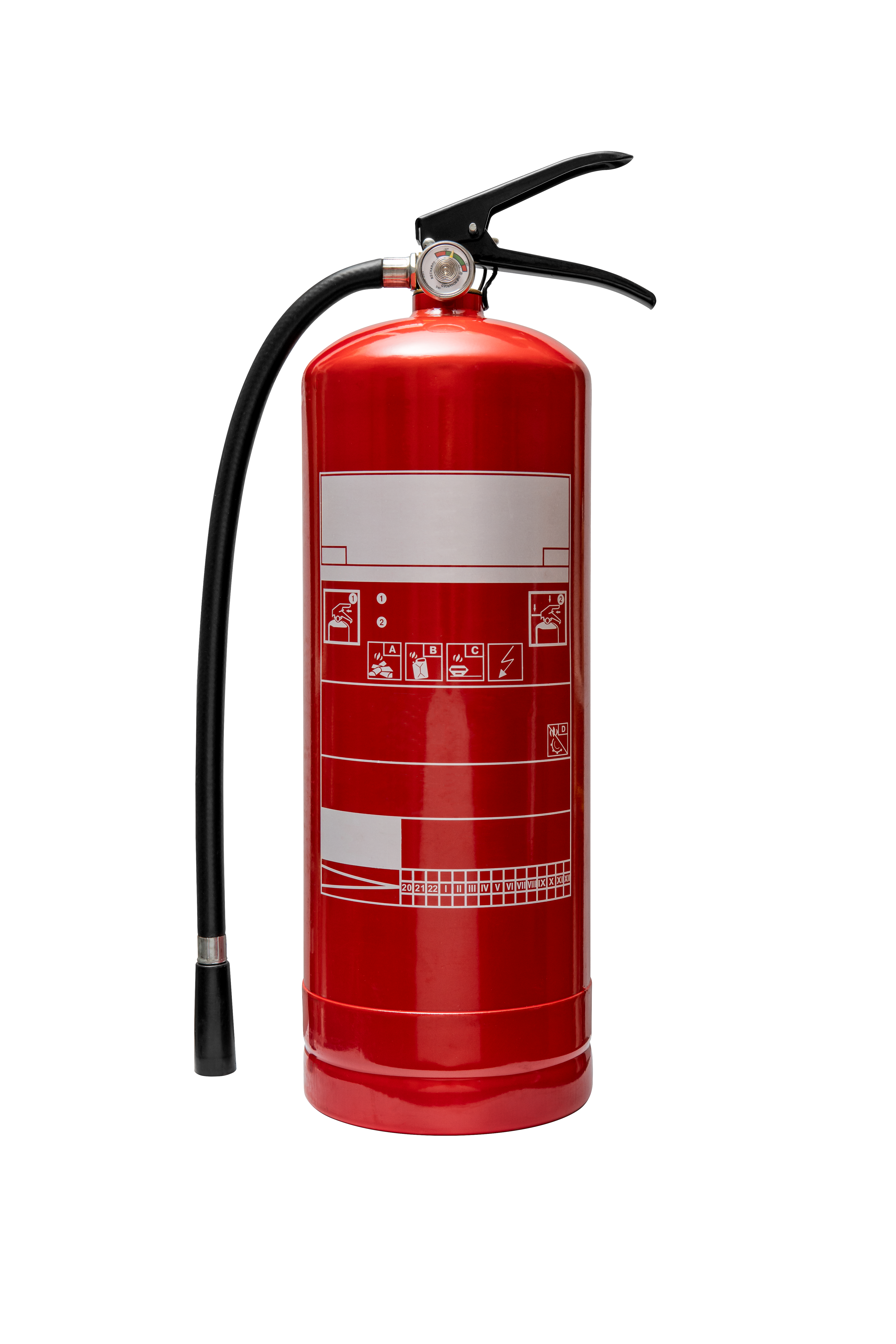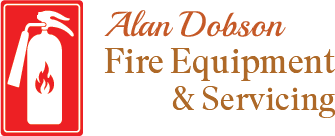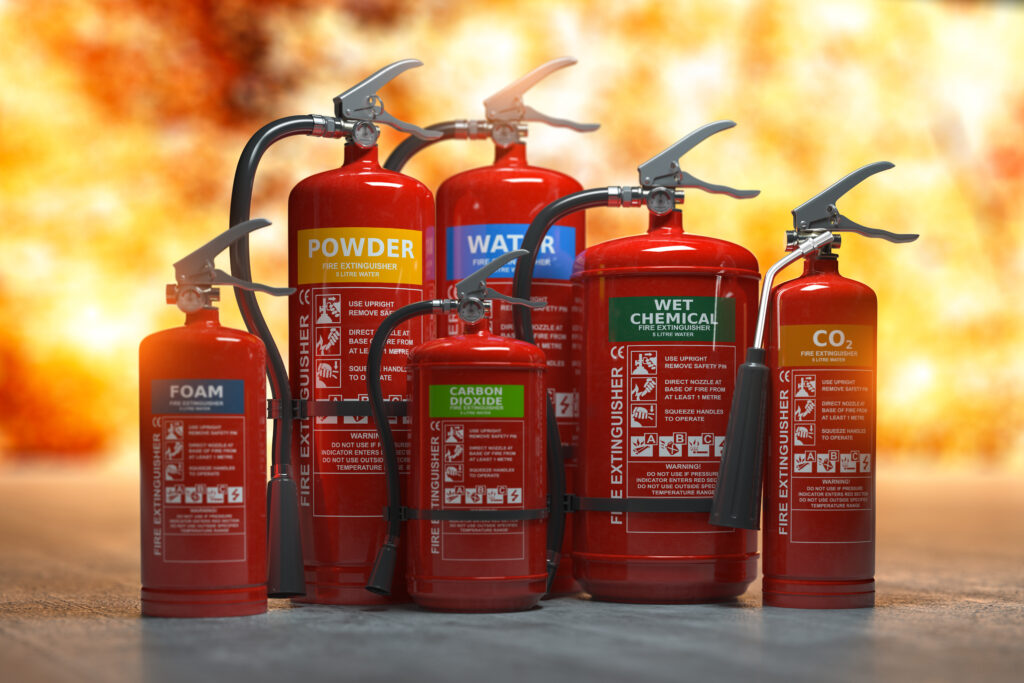Extinguisher service
Regular fire extinguisher servicing is essential for ensuring that your fire extinguishers are in working condition and comply with safety regulations.
Fire Risk Assessment
A Fire Risk Assessment (FRA) is a systematic process that identifies fire hazards in a building or environment, evaluates the risks associated with those hazards, and implements measures to reduce or eliminate the risks.

Fire Awareness Training
Fire Awareness Training is essential for ensuring that individuals understand fire risks, know how to prevent fires, and are prepared to respond effectively in the event of an emergency.
Fire Warden Training
Fire Warden Training equips designated individuals (fire wardens or fire marshals) with the knowledge and skills needed to manage fire safety within a building or organization.


